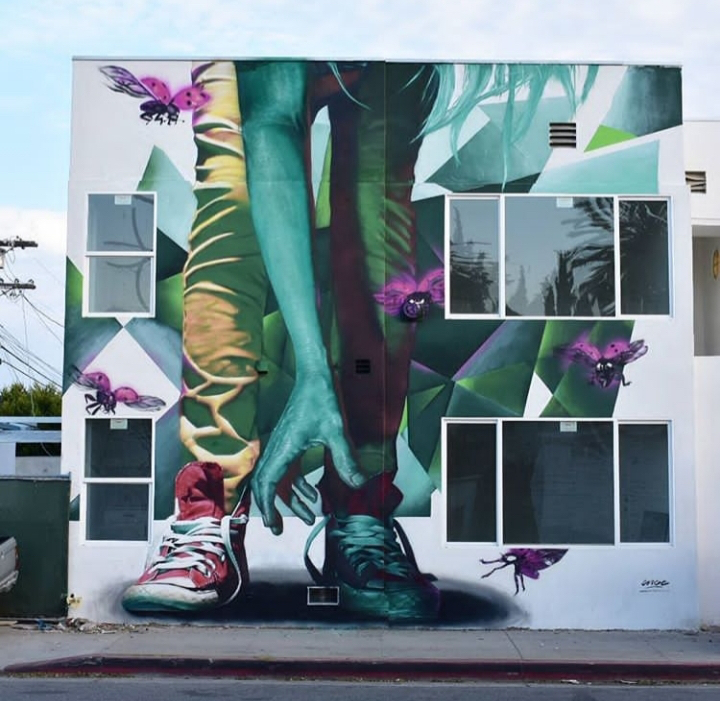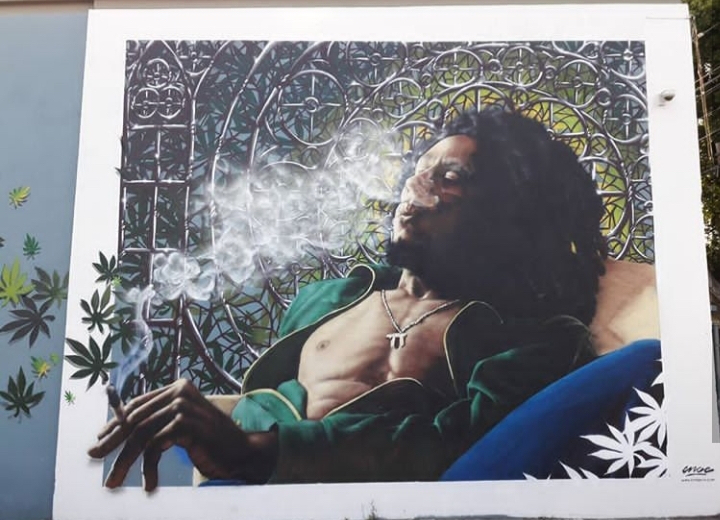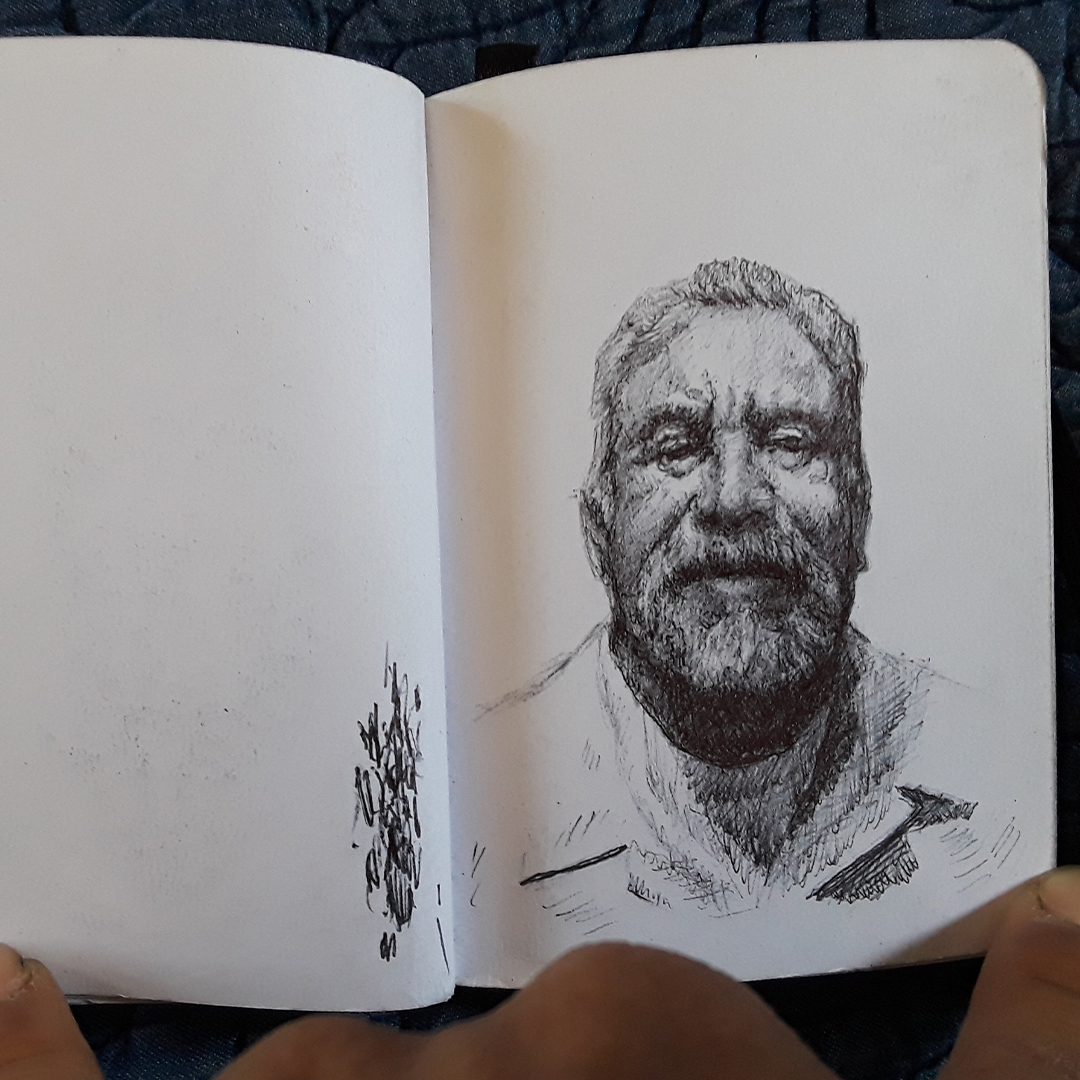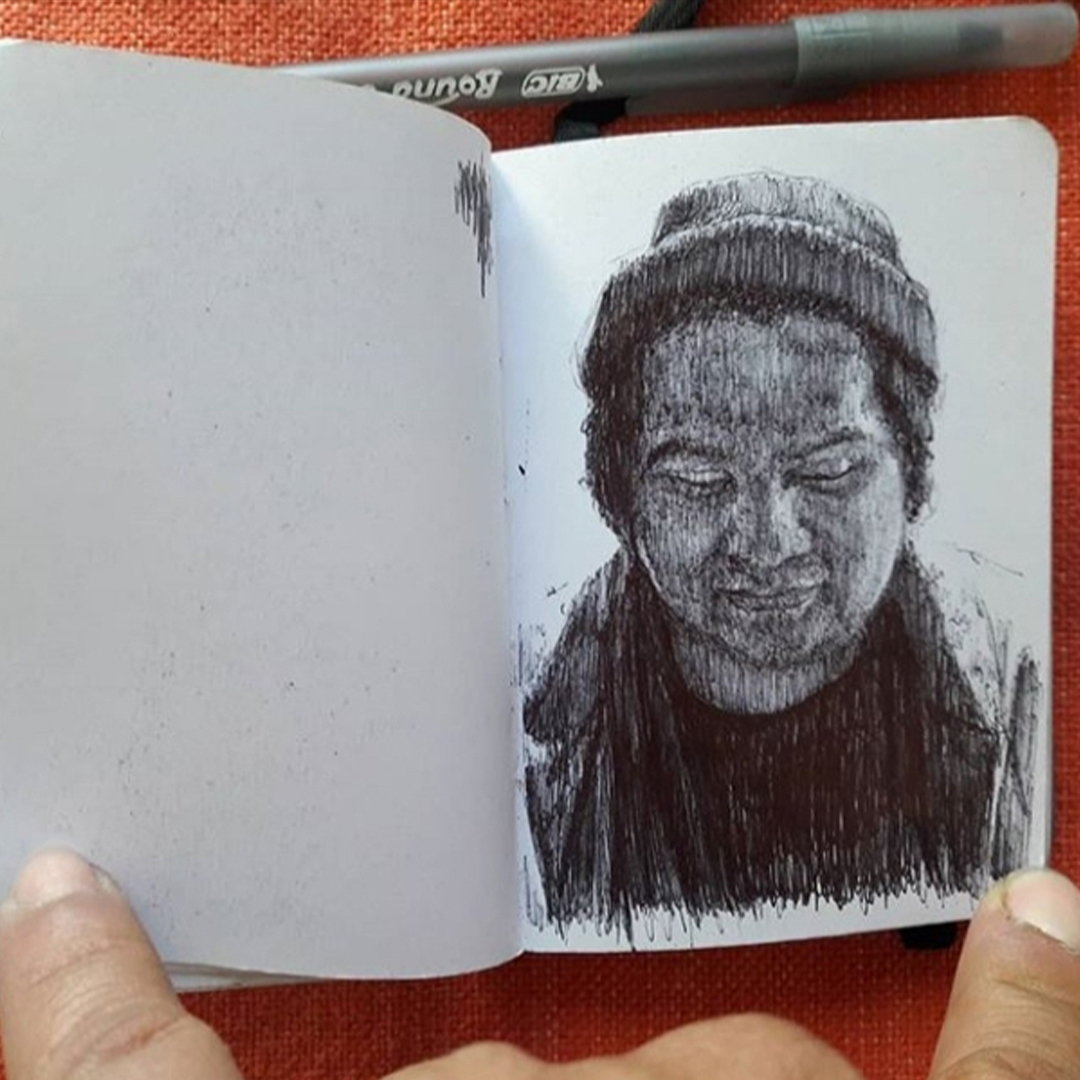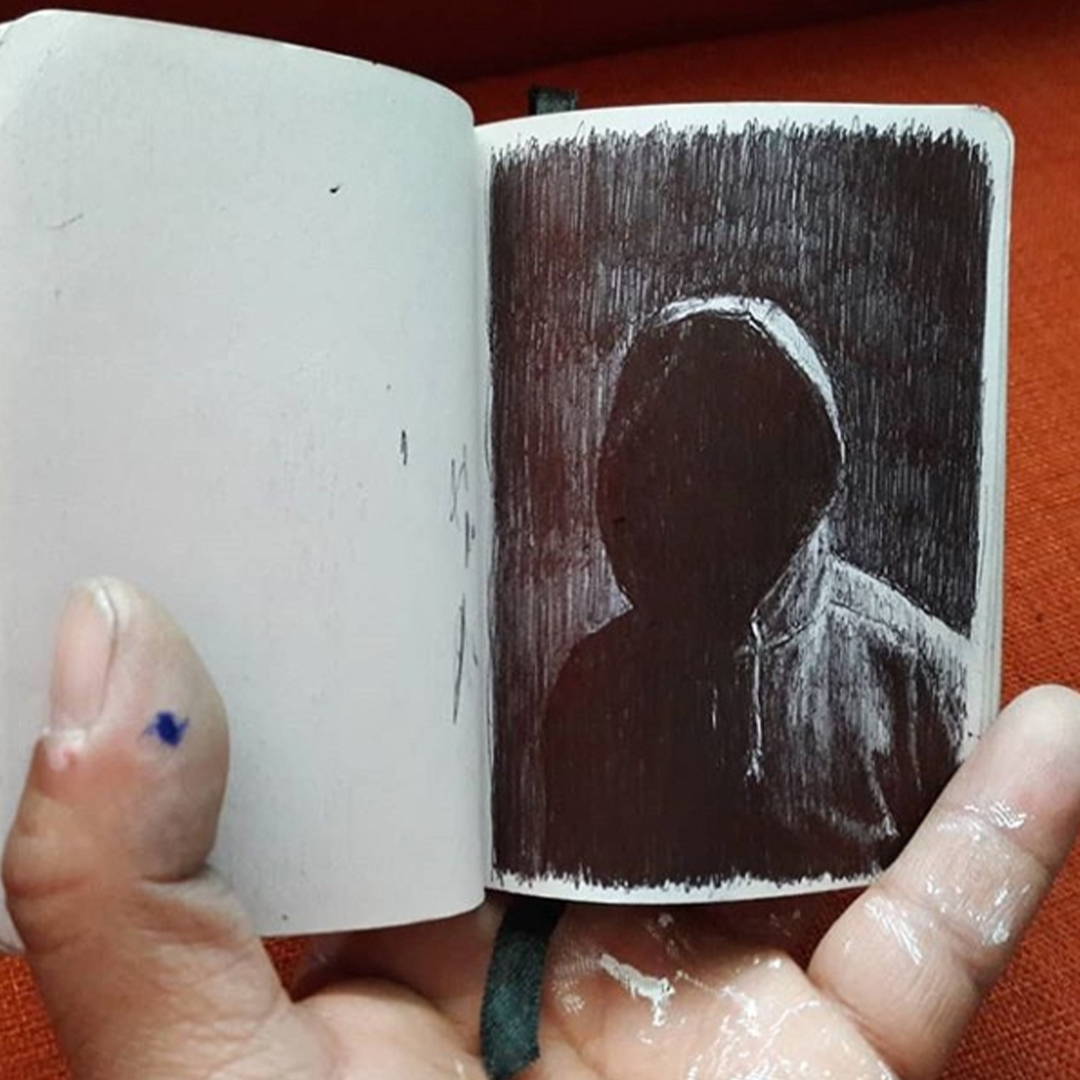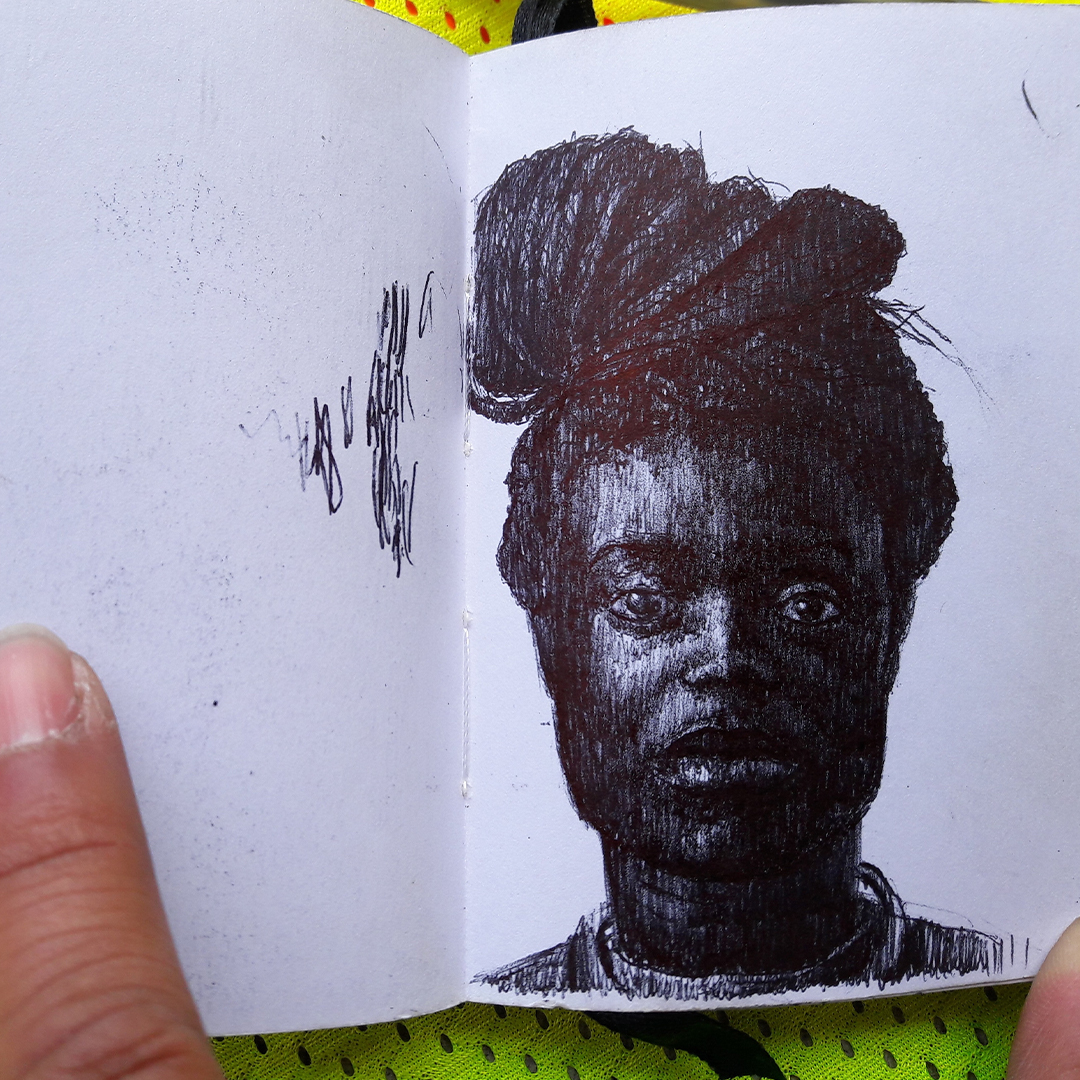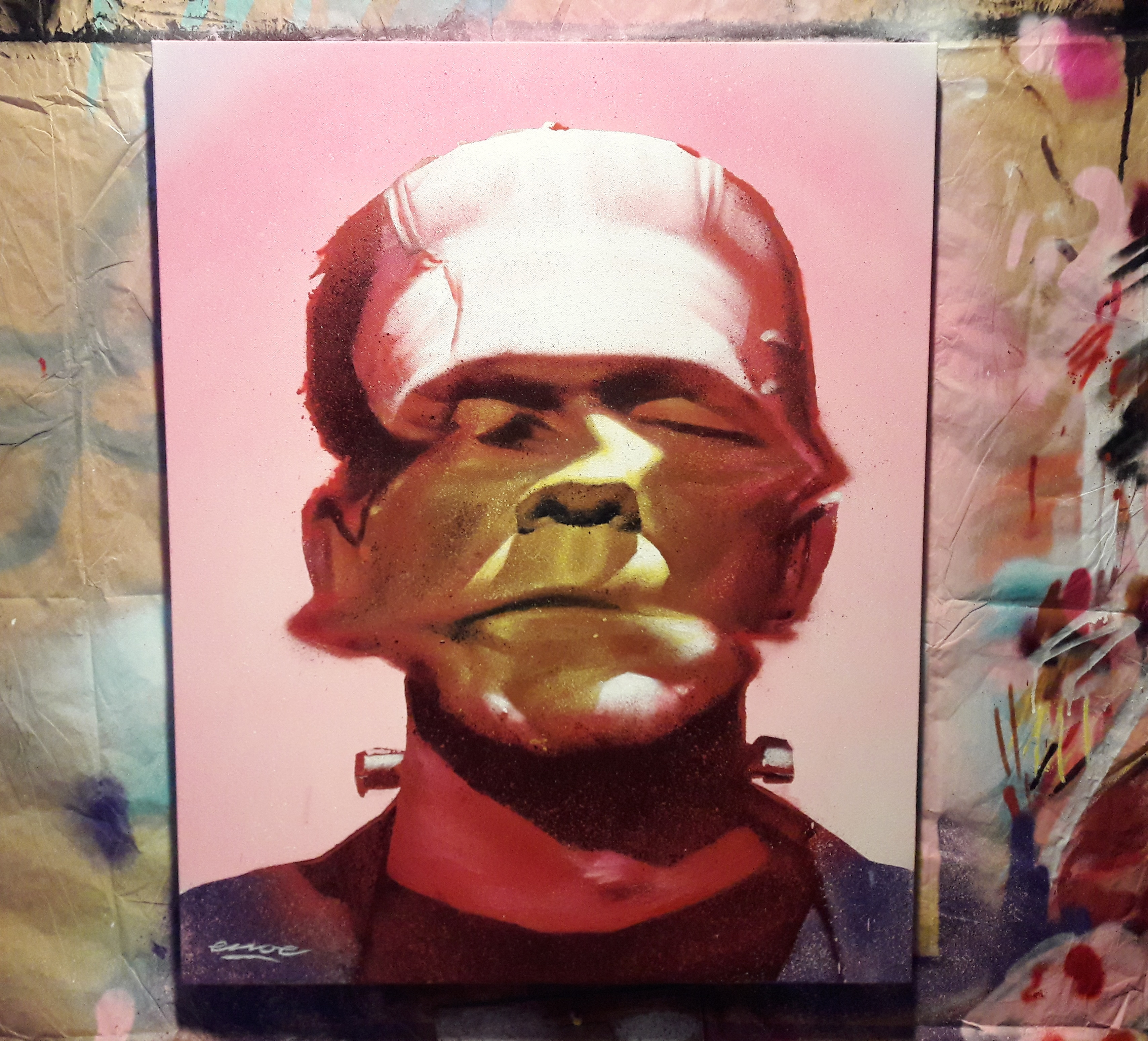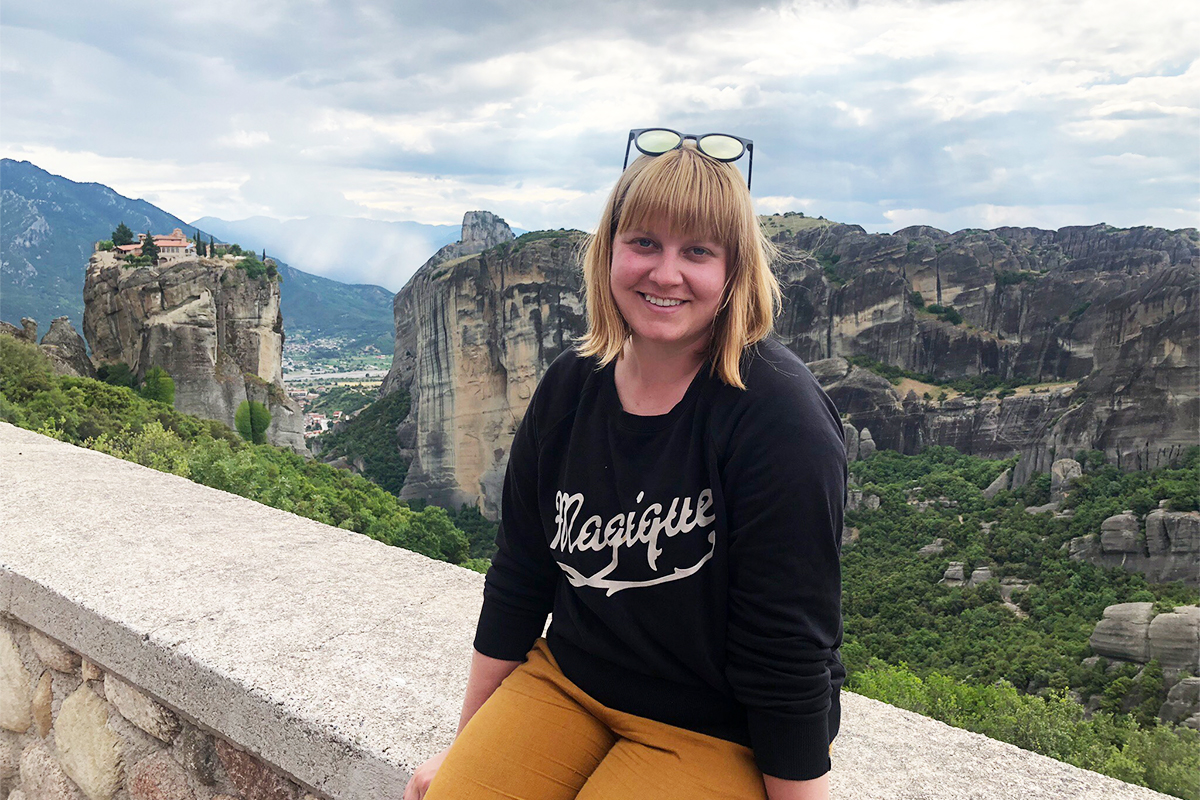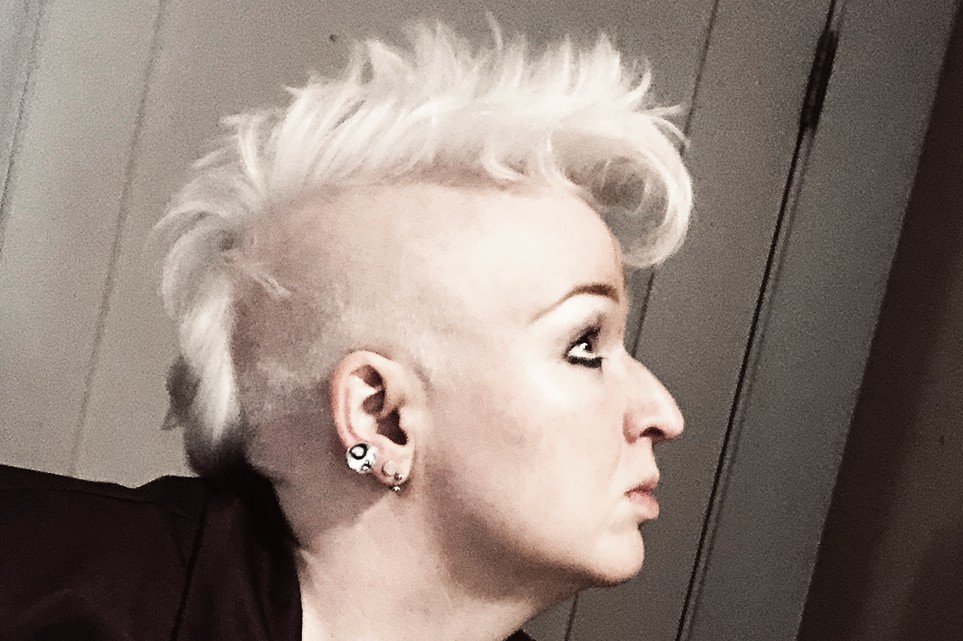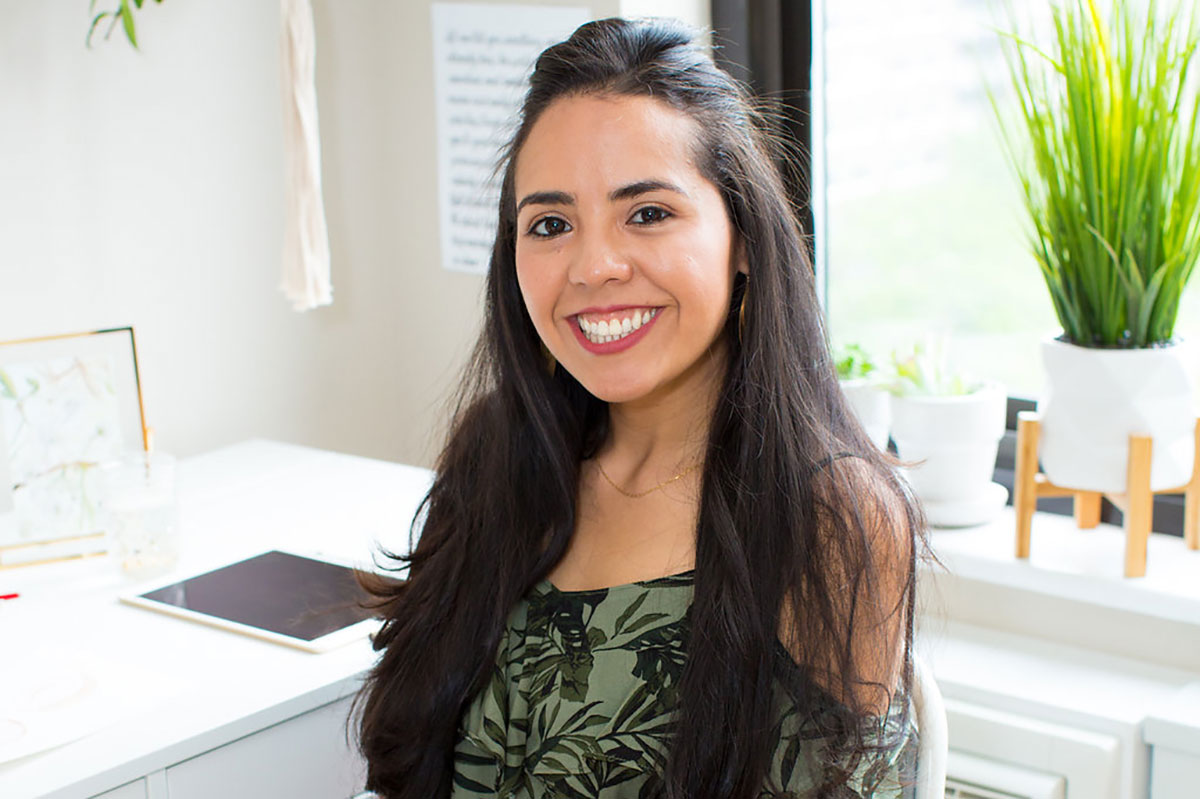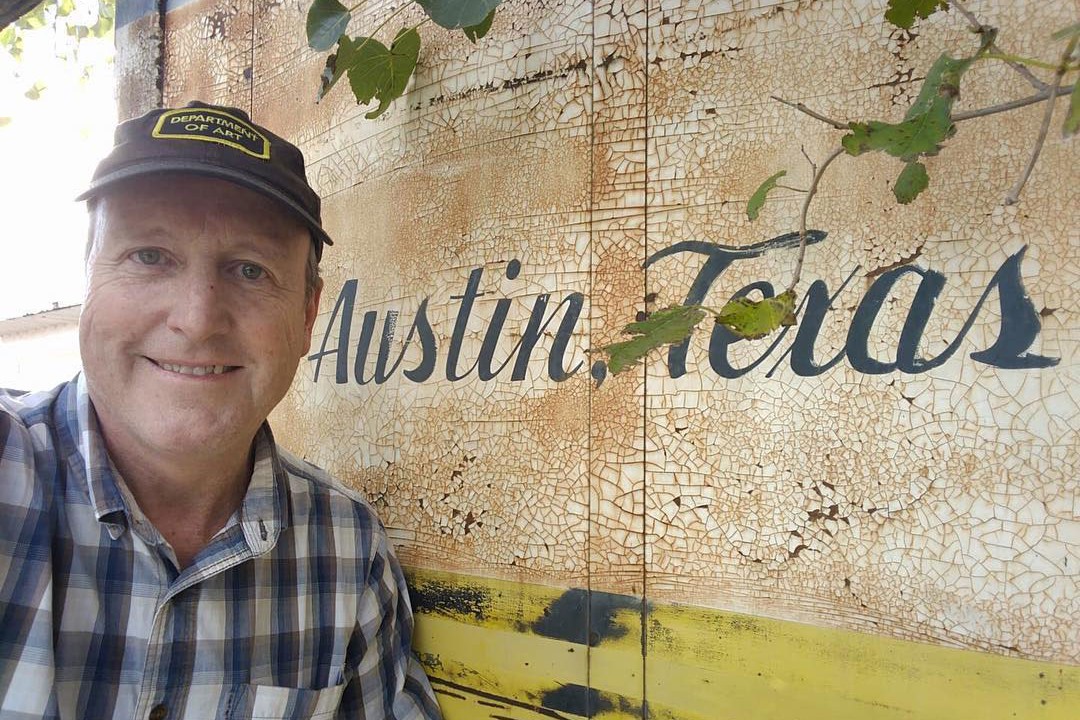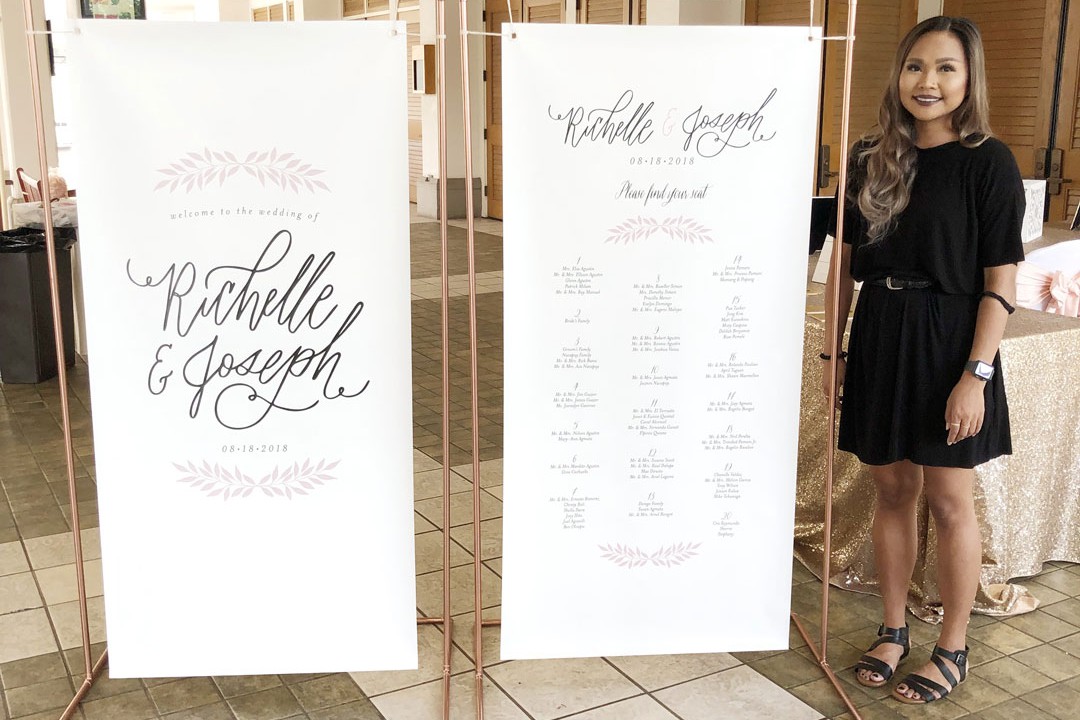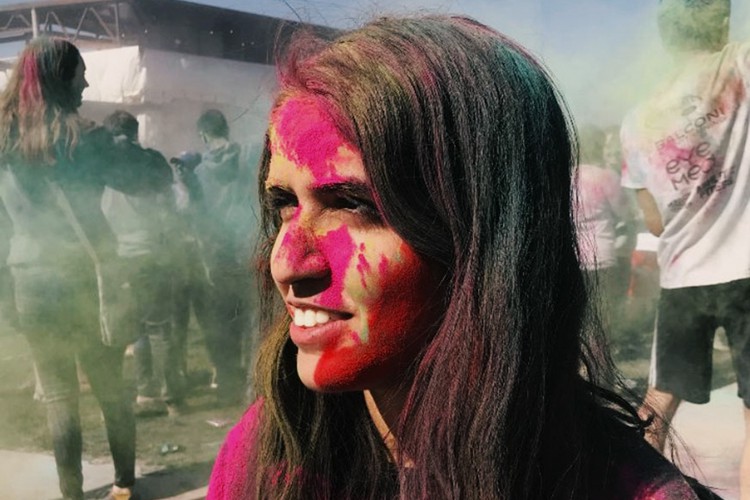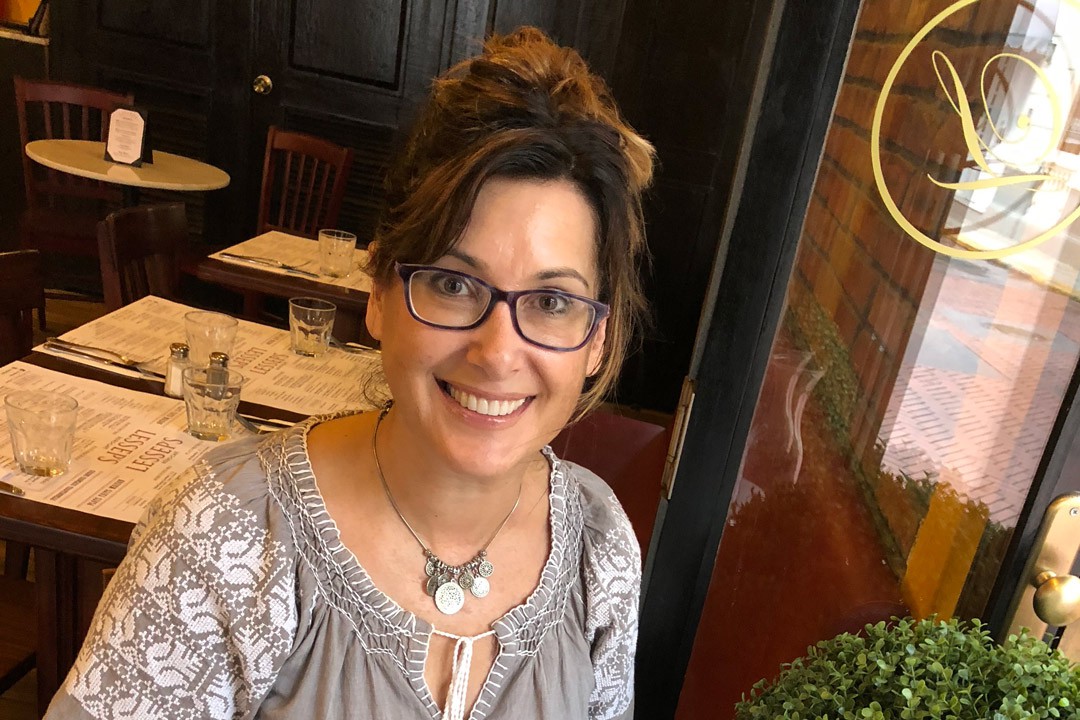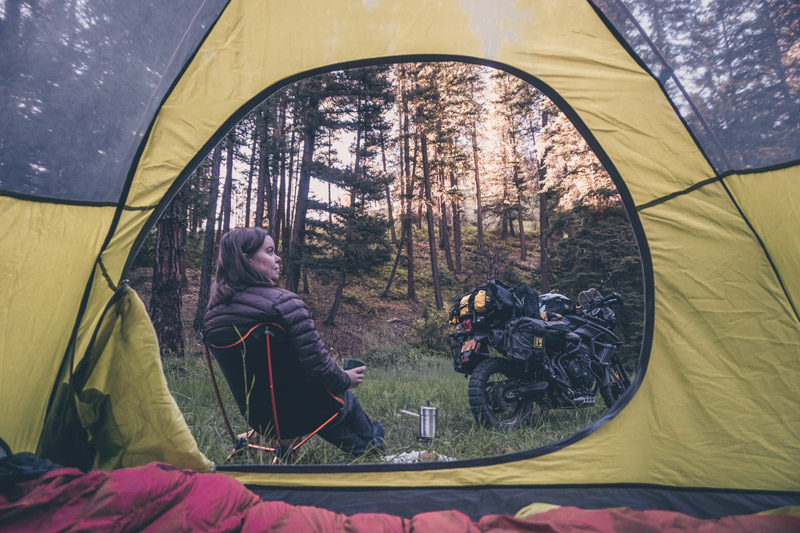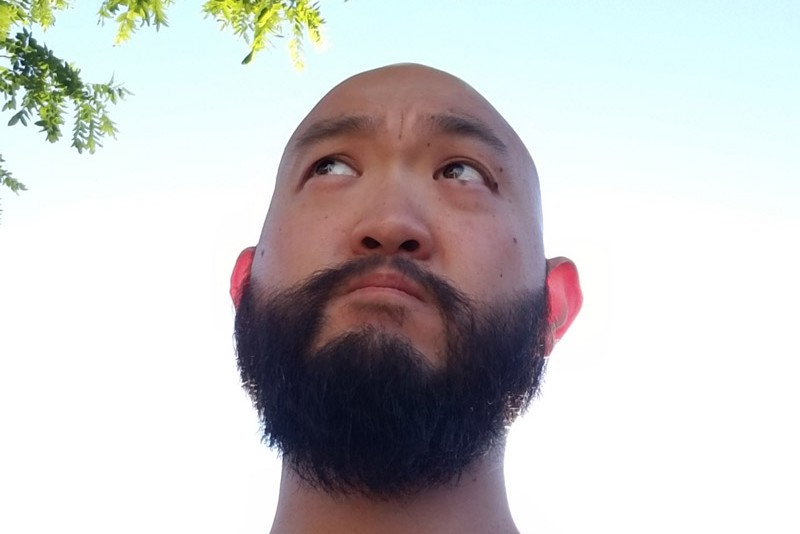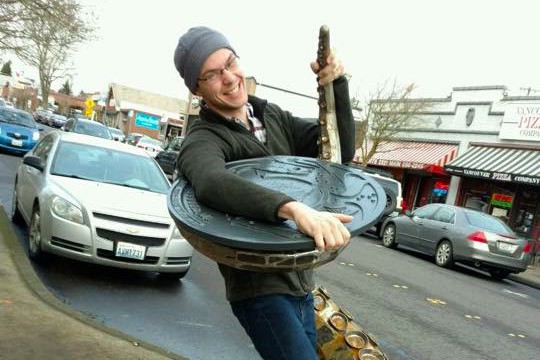Los Angeles realism muralist and sketcher Robert Enoe @enoeart discusses the joys of painting on walls, finding time to make art, when it’s not a full-time gig, and the importance of drawing every day in his interview for the Pentalic blog.
By Pentalic
When did you know that you wanted to be an artist?
I have been drawing ever since I can remember. Throughout my life, there have been moments and influences that lead me in the direction of becoming an artist. I remember being in kindergarten and the teacher would have a wall covered in construction paper to draw on. As a reward for being good in class at the end of the day, you would be allowed to go up to the wall and draw on it with crayons. So, I would be on my best behavior to be able to draw on the wall at the end of the day. Ironically enough, I am still drawing on walls in my adult life.
But later in my early teen years, graffiti caught my attention. Growing up and seeing graffiti throughout my city, and seeing my older cousins tagging with markers on benches, it just seemed like a cool thing. I knew at a young age that I wanted to be a part of that. As I got older, I was working up the ladder as a young graffiti artist, and would go in and out of crews until I eventually I ended up with a group of guys who furthered my artistic knowledge, in not only graffiti, but of the art world. We established ourselves as a graffiti crew we were consistently painting murals every weekend throughout Los Angeles for
a few years.
In 2006, I took being an artist seriously. I figured if I wanted to become a better graffiti artist, I first and foremost needed to better myself as an artist. So, from 2006 to now, I have dedicated myself to progressing in the arts. I was not in art school, but I had friends that were attending the local art schools in Los Angeles. All the knowledge they shared with me I took it into consideration and applied it to my work, provided that the knowledge they had was coming from masterful painters. I saw the amount of homework they came home with and how much drawing my buddies would have to do. So, I forced myself to draw every day in my sketchbooks, not because I wanted to, but because I had to in order to progress and move forward as an artist.
As a kid, I never could have imagined I would be painting large-scale murals in my adult life. As a young graffiti artist, I could only dream of painting big walls, but, through hard work and dedication to my craft, that dream became a reality. It has been a long journey to get where I am now and I am still learning, progressing and always working to better my craft.
You are a very adaptable artist! We can see that you have painted incredible public murals, in addition to paintings, sketches and logos. How did you get into painting murals?
I got into painting murals from painting graffiti. In my teen years, graffiti was all I could think about. Being able to paint a wall intrigued me, because I was able to transform my environment to what I felt was right and painting my name everywhere was what felt right at the time. Later on, I met some friends, who later became my graffiti crew mates. We were inspired to, not only be better graffiti artists, but to be better artists in general. We started feeding off of each other’s creativity, energy and started exploring new artistic avenues. After painting so many walls, we started painting our letters small, so that we could have more background room to
play with.
We slowly transitioned to being more enthusiastic about painting background, foreground, characters, and focusing on technique, lighting and skill. We would all paint graffiti letters, but came to an agreement that graffiti letters might be taking away from the overall concept. The crew and I always pushed for doing “what is best for the mural and not for the ego”, so we got to a point where we stopped painting letters and just focused on the concept. So, becoming a muralist, was an easy transition for me, having a background in creating murals with my friends in the past. Now, I create professional murals for clients 20 feet high by myself.
Favorite Pentalic product and why?
My favorite Pentalic product hands-down is my pocket-size Traveler Pocket Journal. Over the years, I have gone through many sketch books, but I truly have to give it to this product for its durability and convenience. From the paper, to the cover, to the bookmark and elastic band to hold it closed, this product is a must-have for an artist on the go. It fits perfect in your pocket and it is convenient for any artist to quickly get their ideas out on the spot.
Do you prefer working doing daily sketches on paper or larger scale paintings on walls?
I love painting on walls, the act of spraying a brand-new can is a feeling like nothing else to me. Just me and a big blank wall for me to throw paint on is reminiscent of my kindergarten years, as I stated above. Remembering my teacher saying, “If you’re a good student, you get to draw on the wall”, makes me tell myself these days, “Hey, you did good, bro. You deserve to paint on this wall, man”. The joy of my daily sketches gives me my daily creative fix and working out some ideas out on the spot. It is also very therapeutic to just sit and sketch in my book with my ear phones on, calm and in the zone. I wouldn’t prefer either way, because I have a love for both, and both are very therapeutic for me.
You have a very vibrant, yet gritty, photorealistic, pop art style. Do you have any artists who have inspired your work?
I am inspired by a variety of influences growing up, from Saturday morning cartoons to the old masterful paintings from the 1800’s that hang in The Getty Museum in Los Angeles, California today. I cannot name a certain artist at the moment, but realism caught my attention at an early age and was a style I aimed to achieve. Through trial and error, learning and progressing, I knew realism was within my grasp.
How do you stay motivated to be creative while working full-time at a job that you say “doesn’t inspire creativity”?
I feel it is the simple urge of the artist in me to want to doodle, accompanied by setting either long-term or short-term goals to stay mentally motivated in the pursuit of advancing myself in the arts. Being the perfectionist that I am, I am consistently trying improve myself in my craft with each sketch, painting or mural. Any chance I get, while I am at work on my down time, I am dedicating myself to sketching in my pocket-sized Traveler Journal to keep my creativity active and to sharpen my skills.
What has been the biggest challenge with creating your art and how did you overcome it?
By far, the biggest challenge is not creating art but having time to create it. Being a dad and trying to find balance with my daily duties makes creating art a challenge. My girls are my world, so when they are around me, I devote my time to them and everything else is secondary. But once they go to bed, it’s game-on and my night shift begins; it is time to focus and get some artwork done.
What are your favorite subjects to draw and why?
Some of my favorite subjects to draw would be hands because of the difficulty that comes with getting the proportions right and the subtle details that bring hands to life. Elder people are another subject I like to sketch. The amount of detail that is needed to get all the details in the wrinkles are what catches my eye and makes drawing them very challenging. Eyes are another subject that I like to paint, because there is so much emotion that lies within the eyes. Portraits are a favorite of mine, although, it is a challenge to make sure all the proportions are right to resemble the person you are sketching. It is a satisfying feeling to see the sketch come to life and resemble the person. Anything that is challenging and calls for a lot of detail is what I try to do, because it pushes me to improve.
Do you have any advice for artists wanting to paint murals?
I would say to paint whatever you feel is right, enjoy the moment, the experience and the memories. Always document your work, because I feel the act of painting the wall, the memories, and the photos, are what’s most important. The walls will come and go, no wall lasts forever. But the memories and the photos will be something to cherish. It is nice to see where you started and to see where you are now. To compare and see the progression in your style, technique and conception of ideas.
Follow Robert Enoe!
Instagram: @enoeart
YouTube: enoe art
Website: artofenoe.com


